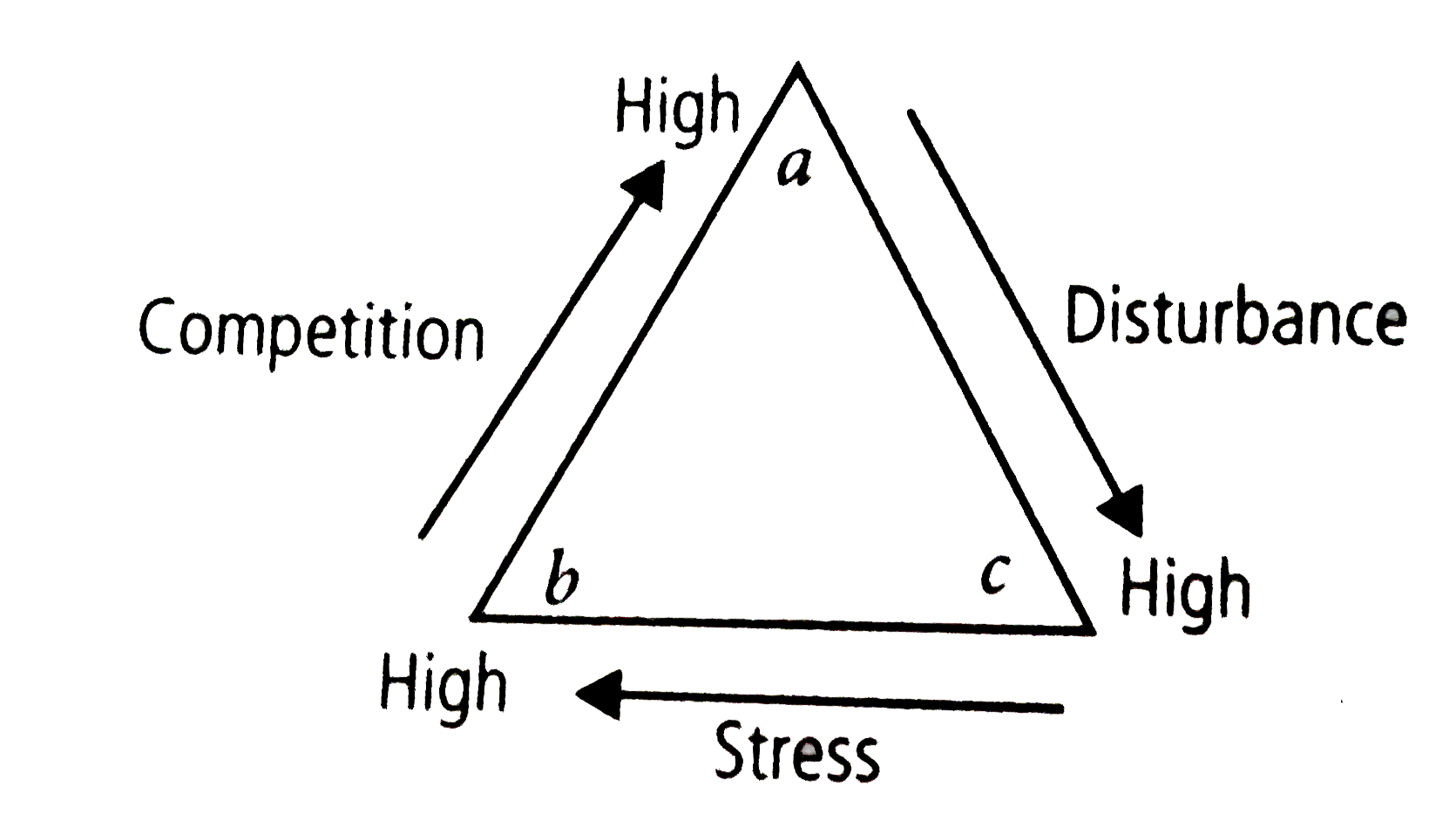A lateral branch with short internodes and each node bearing a rosette of leaves and a tuft of roots is found in aquatic plants like
Step-by-Step Solution:
1. Identify the Structure: The question describes a lateral branch with short internodes, where each node has a rosette of leaves and a tuft of roots. This structure is known as an offset.
2. Define Offsets: Offsets are short lateral branches that arise from the main stem of the parent plant. They are characterized by having clustered leaves at their tips and are capable of rooting when separated from the parent plant.
3. Function of Offsets: Offsets serve as a means of vegetative reproduction. When they are detached from the parent plant, they can grow independently, forming new plants that are genetically identical to the parent, effectively functioning as clones.
4. Growth Direction: Offsets grow in all directions from the main stem of the parent plant. This growth allows them to establish themselves in the surrounding environment.
5. Examples of Aquatic Plants: Offsets are commonly found in certain aquatic plants, specifically Pistia (water lettuce) and Eichhornia (water hyacinth).
Final Answer:
A lateral branch with short internodes and each node bearing a rosette of leaves and a tuft of roots is found in aquatic plants like Pistia and Eichhornia.
---
A lateral branch with short internodes and each node bearing a rosette of leaves and a tuft of roots is found in aquatic plants like Pistia and Eichhornia.
Topper's Solved these Questions
- BOOK - VMC MODULES ENGLISHCHAPTER - MORPHOLOGY OF FLOWERINGPLANTS EXERCISE - EXAMPLE40videos
MORPHOLOGY OF FLOWERINGPLANTS
- BOOK - VMC MODULES ENGLISHCHAPTER - MORPHOLOGY OF FLOWERINGPLANTS EXERCISE - PRACTICE EXERCISE-(1)5videos
MORPHOLOGY OF FLOWERINGPLANTS
- BOOK - VMC MODULES ENGLISHCHAPTER - MORPHOLOGY OF FLOWERINGPLANTS EXERCISE - IMPECCABLE55videos
MORPHOLOGY OF FLOWERINGPLANTS
- BOOK - VMC MODULES ENGLISHCHAPTER - MINERAL NUTRITIONEXERCISE - IMPECCABLE55videos
MINERAL NUTRITION
- BOOK - VMC MODULES ENGLISHCHAPTER - ORGANISMS & POPULATIONS EXERCISE - In - Chapter exercise C10videos
ORGANISMS & POPULATIONS
Similar Questions
Knowledge Check
- Question 1 - Select One
_________are one internodes long runners, usually found in rosette plants at the ground/water level.
ATrailersBOffsetsCStolonsDRhizomes - Question 2 - Select One
The figure below depicts life-histroy strategies for three plant species (a,b and c) along 3 axes : strength of competition with other organisms, level of distrubance in the habitat, and level of environmental stress in the habitat. Species a grows in habitats where competition among species b grown in habitats with and stress are low. Species b grows in habitats with high environmental stress but with low interspecies competition. Species c grows in highly disturbed habitats with low enviornmental stress.
 Which of the statements below is/are correct ?
Which of the statements below is/are correct ?
I. Characteristics of "a-type" plants are faster growth rate and short-lived leaves.
II. Desert annual plants are "b-type" species. they have rapid growth and produce large amount of seeds in a short time after rains.
III. Most plants belonging to "c-type" species would be herbaceous while "a-type" and "b-types" species are likely to be trees or shrubs.AOnly IIBI and IICI and IIIDII and III
In one plant, adventitious roots are modified for storage and in the other plant a lateral branches with short internodes and each node bearing a rosette of leaves and tuft of roots. They are
(a) Sweet Potato and Pistia
(b) Eichhornia and Jasmine
(c) Carrot and Mint
(d) Turnip and ChrysanthemumView SolutionAssertion:The alternate type of phyllotaxy is the arrangement of leaves in which a single leaf arises at each node in alternate manner.
Reason:The alternate type of phyllotaxy is seen in China rose and mustard plant .View SolutionIn aquatic plants like Pistia and Eichhornia, leaves and roots are found near…….
View SolutionSelect correct statements from the following:
a. In the majority of the dicotyledonous plants, the direct elongation
of the radicle leads to the formation of the primary root.
b. In monocotyledonous plants, the primary root is short-lived and is replaced by a large number of roots. These roots originate from the lowermost node of the stem and constitute the fibrous root system.
c. Adventitious roots are found in Monstera and banyan tree.
d. The fibrous root system is found in wheat and mustard plants.View SolutionA runner of water with one thick internode, found in aquatic rosette plants like Eichhorina (water hyacinth) is called
View SolutionThe submerged leaves of aquatic plants are thin and ribbon-like. Why?
View Solution

